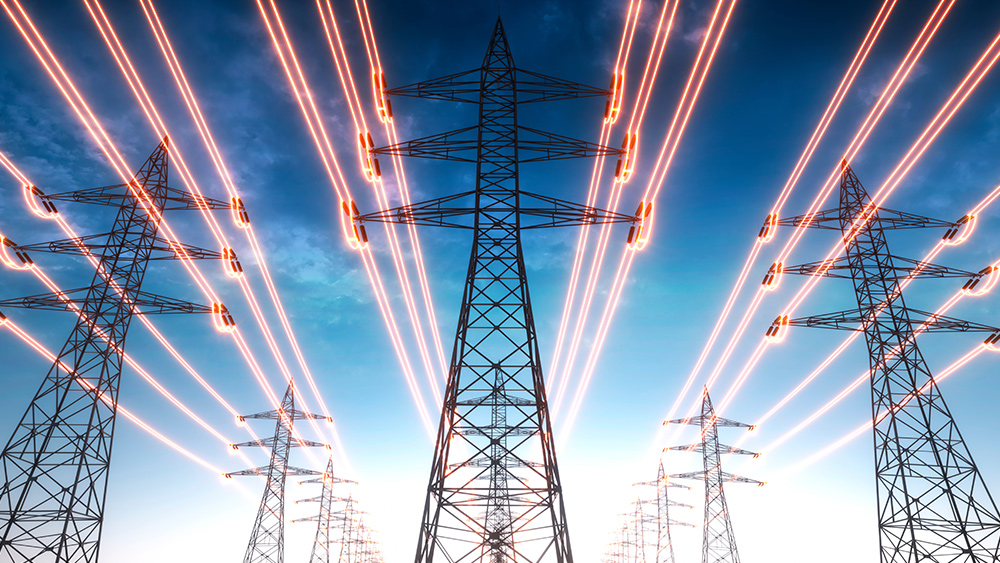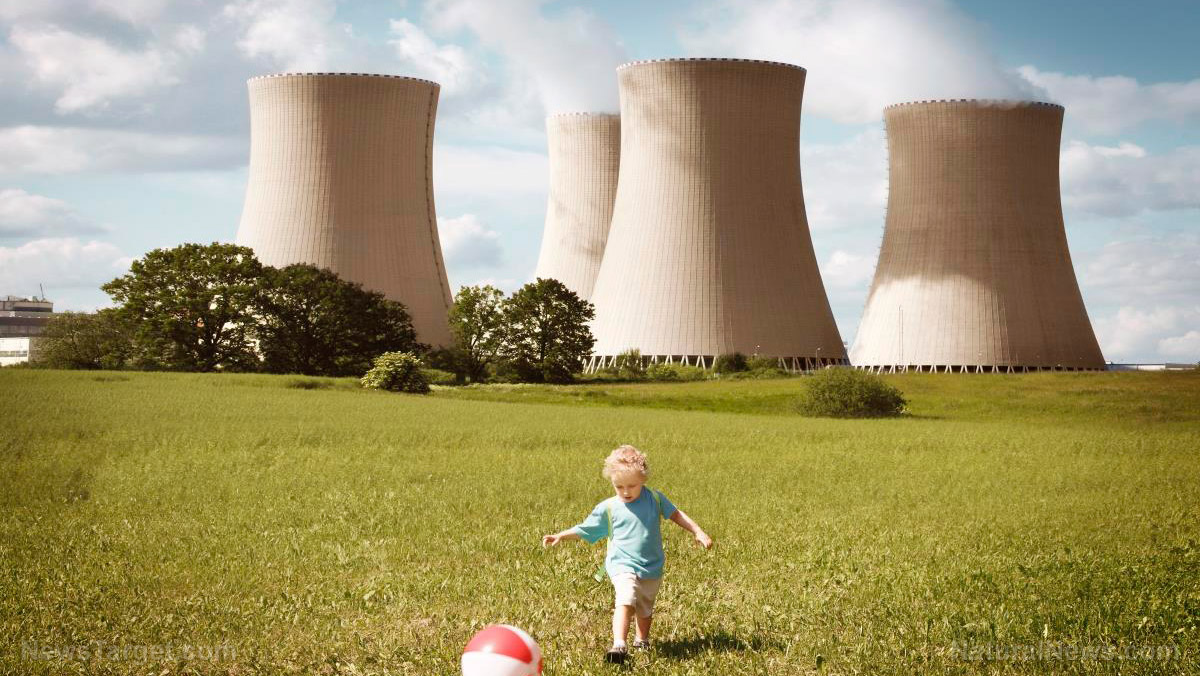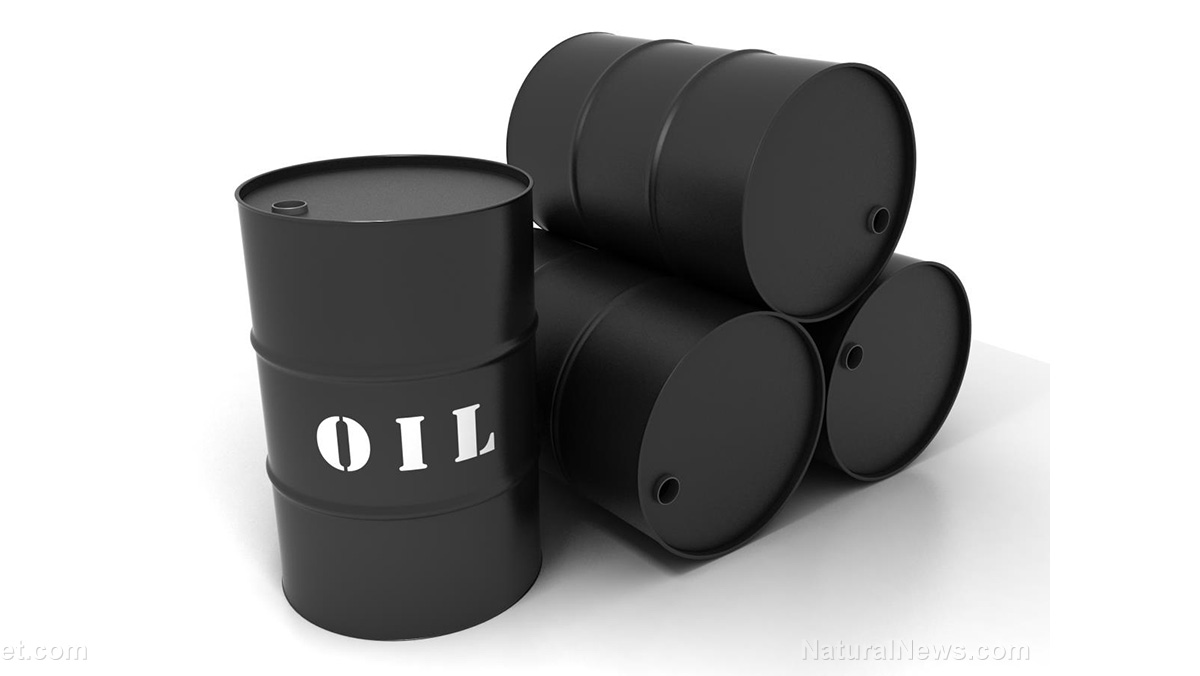The end of green fantasies? Landmark U.S.-Japan deal pivots to “pragmatic energy realism” for defense
11/20/2025 / By Willow Tohi

- The U.S. and Japan have forged a massive strategic pact to counter China’s dominance in critical minerals and energy supplies.
- The agreement unlocks hundreds of billions in Japanese investment in U.S. nuclear energy, data centers and critical minerals processing.
- This move is a direct response to China’s recent expansion of rare earth export controls targeting defense and semiconductor sectors.
- The strategy aims to build supply chain resilience and reduce Western dependence on Beijing for resources vital to advanced technology and weaponry.
- The pact signals a significant shift towards “energy realism,” prioritizing national and economic security over climate-focused energy policies.
In an era defined by resource competition, the United States and Japan are executing a decisive strategic pivot. Confronting China’s tightening grip on the minerals that power modern technology and defense systems, the two allies have cemented a sweeping economic and security agreement. Forged by President Donald J. Trump and Japanese Prime Minister Sanae Takaichi, the pact represents a monumental effort to diversify supply chains, bolster industrial capacity and armor Western economies against coercive economic statecraft. The move, announced in late October 2025, marks a fundamental shift from climate-centric energy policies toward a doctrine of pragmatic energy realism centered on national sovereignty and security.
The catalyst: China’s weaponization of supply chains
The urgency behind this new alliance was starkly illustrated just weeks before the Trump-Takaichi meeting. In early October, Beijing dramatically expanded its control over rare earth elements, restricting the export of five additional minerals and imposing new rules that require foreign producers using Chinese technology or materials to comply with its export licensing. The regulations explicitly deny licenses to overseas defense users and subject semiconductor-related applications to intense, case-by-case scrutiny. This action, affecting elements critical for everything from electric vehicles to military radars, was a clear demonstration of China’s willingness to leverage its near-monopoly—over 90% of processed rare earths—for geopolitical gain. The shadow of a 2010 incident, where China halted rare earth exports to Japan during a territorial dispute, looms large, proving such tactics are a deliberate feature of its statecraft.
The American-Japanese counter-strategy
The U.S.-Japan framework is a direct and robust response to this vulnerability. Centered on a previous $550 billion Japanese investment commitment, the new pact details specific, high?value projects designed to build an alternative, resilient industrial base. The strategy is twofold: secure supplies of reliable energy and onshore the production of critical materials. Japan will invest up to $332 billion in U.S. energy infrastructure, focusing on next-generation nuclear reactors from Westinghouse and GE-Hitachi, alongside major purchases of U.S. liquefied natural gas and thermal coal. Concurrently, the allies signed a landmark critical minerals agreement to diversify their supply chains, supported by billions for a U.S.-based copper smelter and a fertilizer manufacturing facility.
Building a fortified tech and defense industrial base
Beyond energy and raw minerals, the agreement takes direct aim at securing the technological foundation of modern military and economic power. The pact dedicates tens of billions to harden the infrastructure underpinning artificial intelligence and advanced computing. This includes a $75 billion investment from Japanese giants Mitsubishi Electric, TDK Corp. and Fujikura to supply power systems, advanced electronic components and optical fiber cables for U.S. data centers. These investments are strategically targeted to reduce dependencies in sectors most threatened by Chinese export controls, ensuring the continued development of cutting-edge defense systems like hypersonic missiles and stealth jets that rely on a steady stream of specialized minerals and advanced semiconductors.
A doctrine of energy realism
This comprehensive framework signals a profound philosophical shift in Western economic strategy. Dubbed “energy realism” by proponents, it explicitly prioritizes national security, supply chain resilience and economic growth over decarbonization mandates. The agreement champions hydrocarbons and nuclear power as indispensable for stability and prosperity, a stark departure from net-zero pledges that both nations argue created strategic vulnerabilities. By leveraging Japan’s capital and technological prowess to revitalize the U.S. industrial base, the alliance seeks to create a self-reinforcing economic and security bloc capable of withstanding external pressure.
An unavoidable new era
The U.S.-Japan pact is more than a trade deal; it is a geopolitical referendum. It acknowledges that control over critical resources has become a primary axis of international competition, directly impacting national security and technological leadership. By moving decisively to decouple from Chinese dominance in rare earths and strategic materials, Washington and Tokyo are not merely securing specific commodities. They are attempting to rewrite the rules of 21st-century economic statecraft, building a fortress of industrial and technological might intended to ensure that the West’s economic and military future is not held hostage by a strategic competitor. The success of this ambitious endeavor will shape the global balance of power for decades to come.
Sources for this article include:
Submit a correction >>
Tagged Under:
big government, China, energy realism, energy report, energy supply, future tech, geopolitics, glitch, Japan, national security, politics, progress, rare earth minerals, raw materials, supply chain, trade deal, weaponization
This article may contain statements that reflect the opinion of the author
RECENT NEWS & ARTICLES
NewEnergyReport.com is a fact-based public education website published by New Energy Report Features, LLC.
All content copyright © 2018 by New Energy Report Features, LLC.
Contact Us with Tips or Corrections
All trademarks, registered trademarks and servicemarks mentioned on this site are the property of their respective owners.



















